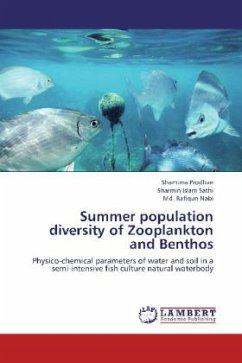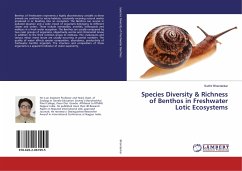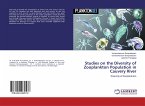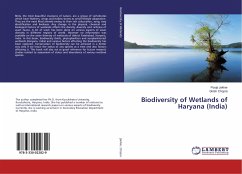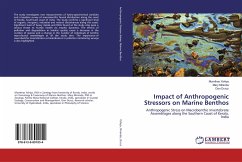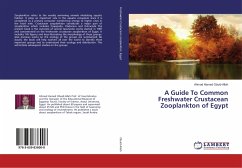Zooplankton and benthos is the initial prey item for almost all fish larvae as they switch from their yolk sacs to external feeding. Fish rely on the density and distribution of zooplankton and benthos to match that of new larvae, which can otherwise starve. Physico-chemical quality of water and soil can strongly affect zooplankton and benthos, which can in turn strongly affect larval survival, and therefore breeding success; so the productivity of the zooplankton and benthos in any waterbodies are important for extensive aquaculture. Our aim here is to find out the factors that determine the richness of the waterbodies by water and soil quality assessment to judge their suitability for aquaculture. As the primary tropic level of the food pyramid in the waterbody, and also as source of natural food of plankton and benthos-eating fish, it is important to know how we can manipulate the plankton and benthos density, qualitatively and quantitatively in the fish culture waterbodies. Thus the findings would be helpful for aquaculturists as well as other professional who are interested in this field.

